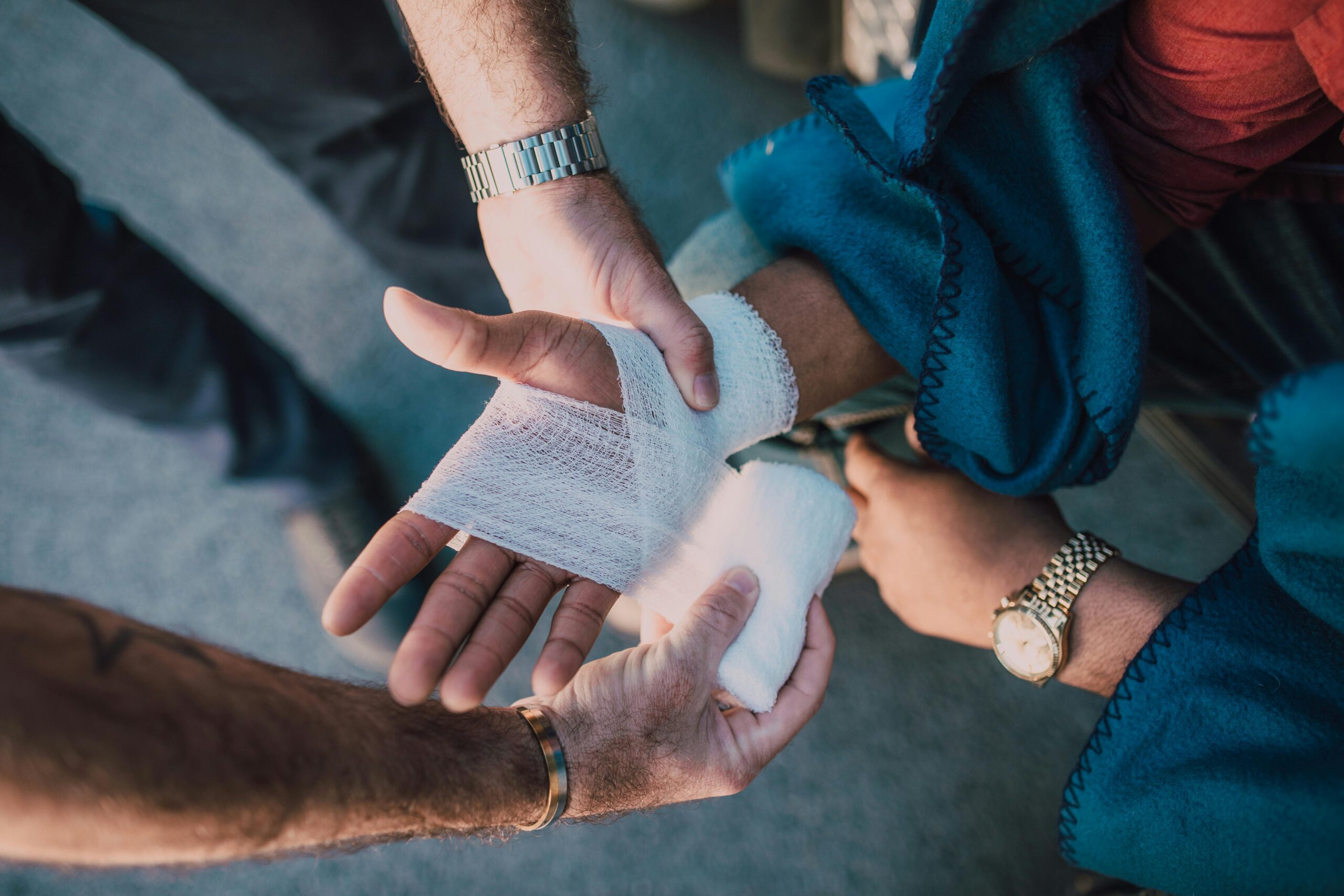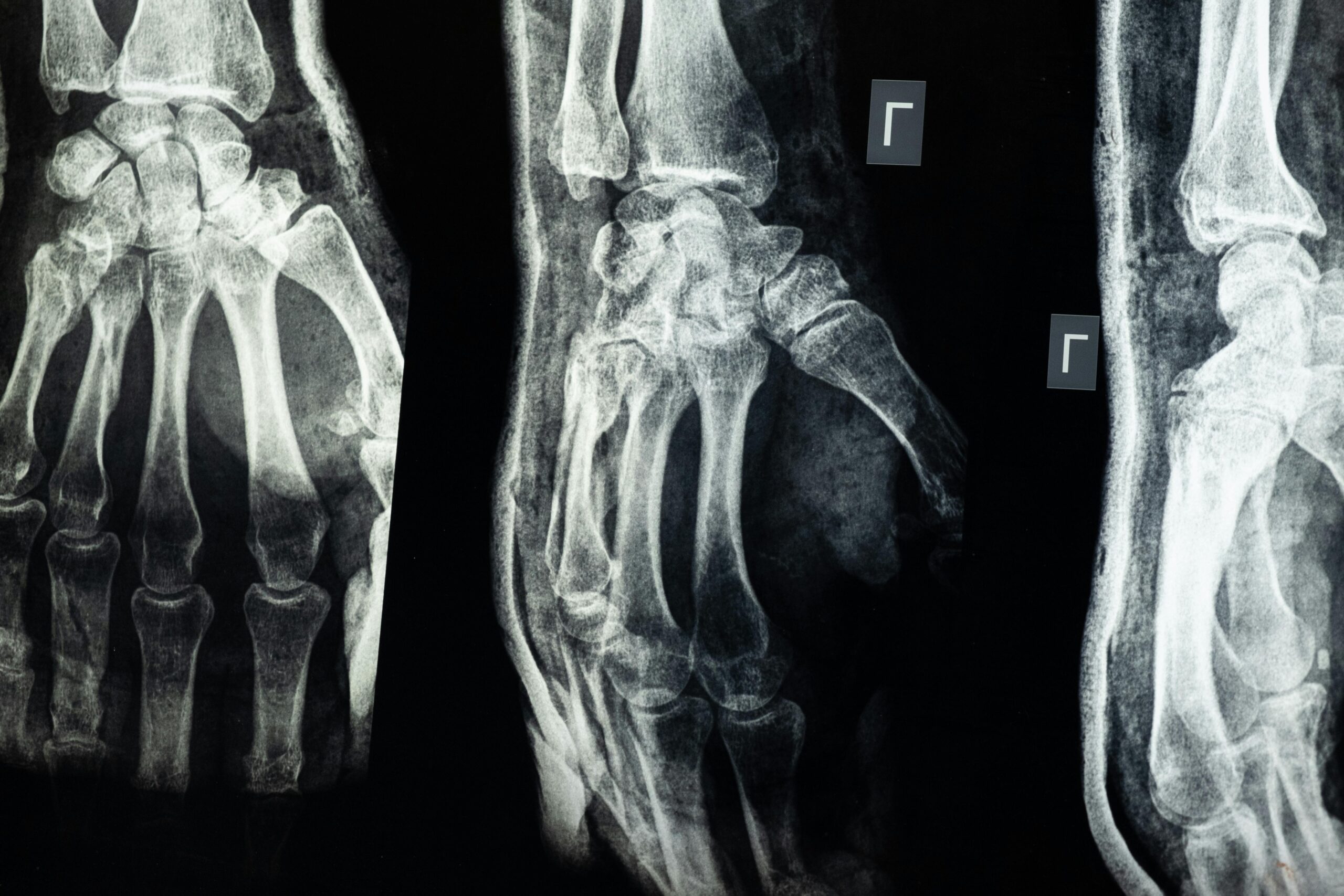Personal Injury Lawyer SEO: A Complete Guide to Growing Your Practice
With the rise of online search as the primary way clients find legal services, personal injury lawyers must understand and implement effective SEO strategies. In this comprehensive guide, we break down the core components of personal injury SEO, from keyword research to local optimization and content strategy—everything you need to increase visibility, build authority, and generate more cases.
Why SEO is Essential for Personal Injury Lawyers
SEO (Search Engine Optimization) increases your website’s visibility in search results, helping potential clients find your firm before your competition. As personal injury law is highly competitive, ranking on the first page of Google can significantly impact your case volume and revenue.
Step 1: Keyword Research—The Foundation of Legal SEO
What is Keyword Research?
Keyword research involves identifying the search terms and phrases people use when looking for legal help. This step lays the foundation for your SEO efforts by focusing your content on what clients are actually searching for.
Types of Keywords
Use a mix of head terms and long-tail keywords. For example, “personal injury lawyer” (broad) vs. “slip and fall attorney in Manchester” (specific and local).
Tools for Keyword Research
Use tools like Google Keyword Planner, SEMrush, Ahrefs, and Ubersuggest to find keyword opportunities based on search volume and competition.
Step 2: On-Page SEO—Optimize Your Website
Title Tags and Meta Descriptions
Create optimized title tags (under 60 characters) and meta descriptions (under 160 characters) with keywords and calls to action to improve click-through rates.
Header Tags and Content Optimization
Use structured headings (H1, H2, H3) to organize content and include target keywords where relevant. Ensure content is informative, relevant, and user-friendly.
Image Optimization
Use descriptive filenames and ALT text to ensure images are accessible and indexable by search engines.
Technical SEO and Analytics Setup
Install Google Search Console and GA4 to monitor traffic and performance. Also, ensure your site has fast load speeds, mobile responsiveness, and secure HTTPS encryption.
Step 3: Local SEO—Attract Clients in Your Area
Why Local SEO Matters
Most personal injury clients search for lawyers in their geographic area. Local SEO helps you appear in map listings and local searches, especially important for “near me” queries.
Google Business Profile Optimization
Claim and fully optimize your Google Business Profile. Include accurate contact details, service areas, practice specialties, and regularly update with posts and client reviews.
Local Citations and Reviews
Ensure your firm is listed consistently on local directories (e.g., Yelp, Avvo, Justia). Encourage clients to leave positive reviews to boost trust and rankings.
Step 4: Content Marketing—Drive Authority and Engagement
Types of SEO Content That Work
Create helpful, educational content tailored to each stage of a client’s journey. Top-performing formats include:
- Blogs: Covering topics like “What to do after a car accident”
- FAQs: Address common client questions
- Case Studies: Showcasing your success stories
Legal Content Strategy
Focus on evergreen topics, update content regularly, and align blog posts with high-intent keywords. Use schema markup to enhance search listings and improve CTR.
Step 5: Build Authority with Quality Backlinks
What Are Backlinks?
Backlinks are links from other websites pointing to your site. They serve as a vote of confidence for search engines, increasing your domain authority.
How to Get Quality Backlinks?
Reach out to legal directories, write guest posts for reputable legal blogs, and collaborate with local news outlets. Avoid spammy links and focus on building relevant, authoritative backlinks.
Monitoring Your Backlink Profile
Use tools like Ahrefs or Moz to track your backlink growth and ensure you’re not linking from toxic sites. Regular audits help maintain a clean backlink profile.
SEO Strategy: On-Page vs. Off-Page
On-Page SEO involves optimizing your website’s content and structure. Off-Page SEO refers to external factors like backlinks and social signals. A healthy SEO strategy balances both components for maximum impact.
Should You DIY or Hire a Pro?
While some SEO efforts can be done in-house, hiring a law firm SEO expert or agency brings specialized tools, up-to-date strategies, and time-saving efficiencies. Choose an agency with legal SEO expertise and a proven track record.
When Will I See Results?
SEO is a long-term investment. While minor improvements may appear in a few weeks, substantial results typically take 3–6 months. Consistency and strategy are key.
Call to Action: Ready to increase your law firm’s visibility and extend your reach? Contact our personal injury SEO experts today to build a strategy that brings lasting results and more qualified leads.
FAQs
How long does personal injury lawyer SEO take to show results?
Most law firms begin seeing measurable improvements in rankings and traffic within 3–6 months, with long-term gains at the 6–12 month mark.
What are long-tail keywords, and why are they important?
Long-tail keywords are longer, more specific phrases like “back injury lawyer in Birmingham.” They drive qualified traffic and face less competition.
Can I do personal injury SEO myself?
You can manage basic SEO tasks like content updates and citation entries. However, for technical and strategic work, a pro saves time and yields better ROI.
What are the key components of injury law SEO?
Core components include keyword research, on-page SEO, content marketing, local SEO optimization, backlink building, and analytics tracking.
How do I optimize my Google Business Profile?
Include full contact info, select relevant categories, write a keyword-rich business description, upload photos, and encourage positive reviews.














